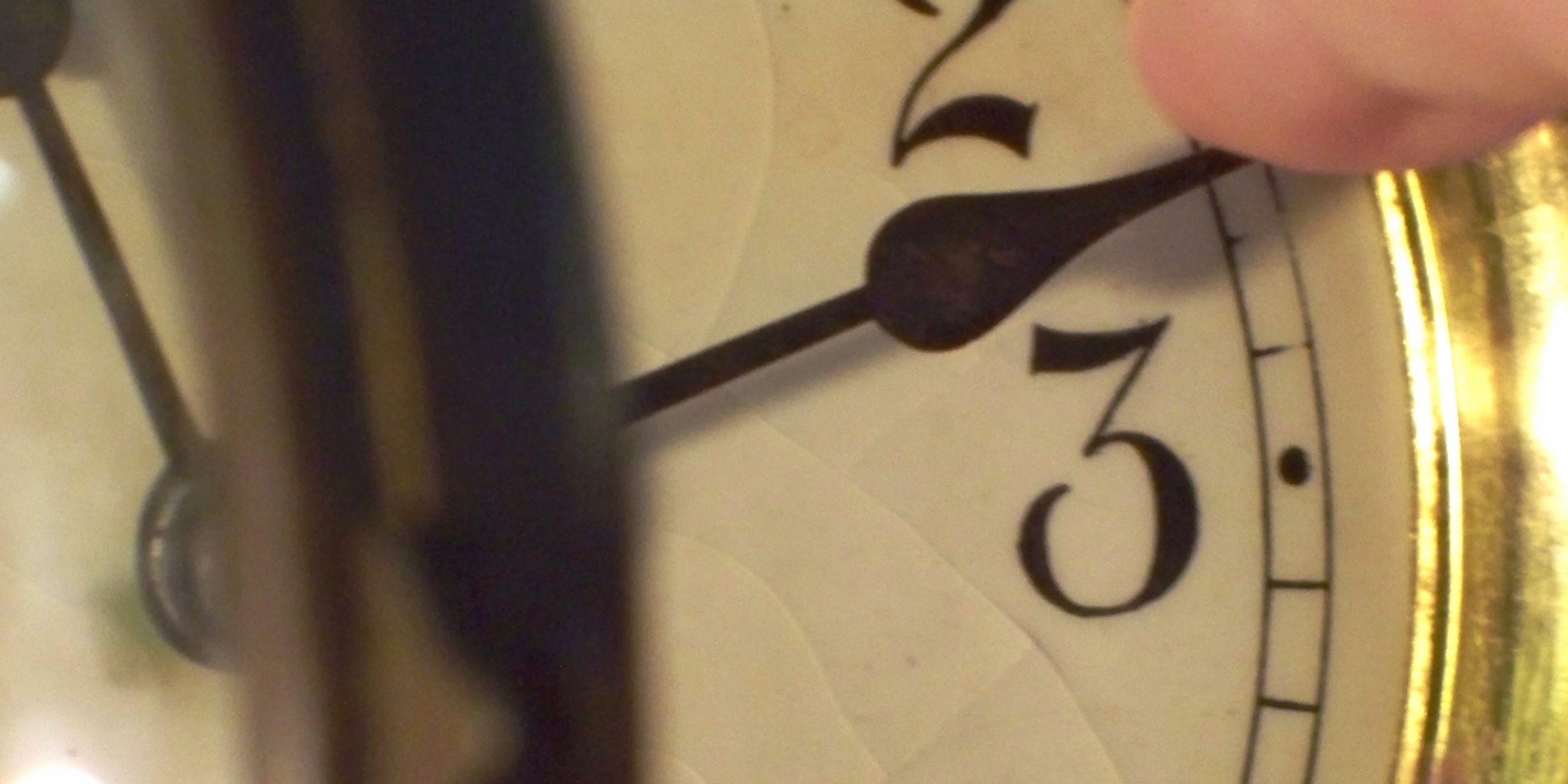Daylight saving time ends in Victoria on the first Sunday in April, signalling that winter is just around the corner. Although winter does not begin until June, it is always a good idea to check & prep for winter ahead of time.
Using daylight saving’s end as a start date for your prep will ensure that your property makes it through the winter in good shape. If you wait until temperatures significantly drop, working outside will become much more difficult and unpleasant. By starting early you will get to enjoy listening to the wind and watching the rain from the comfort of your cosy home.
Health & Safety
First things first, you should re-familiarise the entire family with winter safety. If you are using real fires to keep warm, ensure that they are properly guarded to prevent embers or burning debris from escaping the fireplace. It is also important to make sure the fire is fully extinguished before you leave the property or retire to bed. Similarly, electric fires should not be left unattended or covered in any way.
Ventilation
As Victoria is likely to experience storms during the winter, you won’t be able to dry clothes outside as often. If you are drying clothes inside, keep some windows open if you can. Ideally you should have ventilation points installed in rooms which are likely to be affected by condensation or damp, such as laundry rooms and bathrooms. Check any installed ventilation systems to ensure they are working, and that air is being vented outside.
Building Structures
A lot can happen over the course of a year. Victoria’s varied climate can result in undetected damage to your property. To make sure you are fully prepared for potentially extreme winter weather, checking that your property is structurally sound is a good idea. You will need to check the roof, guttering, foundations, windows, doors, and both internal and external walls for any defects or damage.
With winter only months away, daylight savings end marks your last chance to give your property’s insulation a boost. If during previous winters you have found it difficult to keep your property warm, adding energy efficient insulation will make all the difference.
Doors and windows are another possible source of heat loss during the winter. Check that doors and winters are adequately sealed against winter weather. Replacing older windows and doors before winter is upon you is also a great investment for keeping your home warm and reducing energy bills.
Your roof, foundations and external walls will take the greatest battering during winter months. These are the structures which hold your home together. Checking and prepping the roof, foundations and walls of your home for winter should be a top priority.
External Check & Prep for Winter
You also need to check & prep for winter on the outside of your home. You can significantly mitigate the risk of storm damage through reducing potential debris. If there are trees on your property, pruning the branches will make the tree more stable in high winds. Broken tree branches are responsible for a high percentage of property damage caused during winter storms. You will also need to store away any items that have been left outside during the summer drier months, ensuring that the storage building is able to withstand the winter wind and rain.
With your property fully checked and prepped, you will have the peace of mind of knowing that you and your family will stay safe and warm throughout the winter. If you believe that significant repairs are needed to the property, you can also hire a building inspector to determine whether the property meets the required standards for a Victoria winter.







